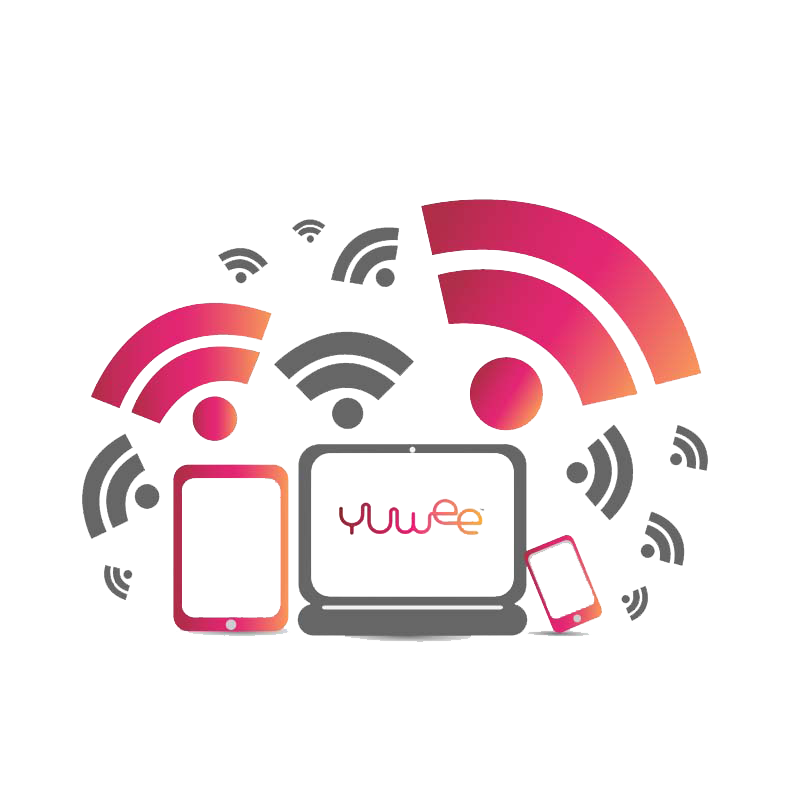
The difference between Wi-Fi calling and Wi-Fi offload is hard to tell. Even some telecommunication experts fail to differentiate them. People are always talking about these two kinds of technology. Although they are often connected. But whatever defines and separates them is not distinct.
What is Wi-Fi Offload?
Reasons Mobile Network Operators like Wi-Fi Offload
Benefits of Network Operator:
Offering service of higher quality to all network users/customers.
- Ability to free up space on their cellular network in areas that are congested or densely populated.
- Creating partnerships to grow/ develop their network coverage without any investment in hardware
Benefits of Customers
- If their operator offers Wi-Fi free of charge, they save cellular data.
- Increased network coverage, which allows users to enjoy wherever they are because there are no dead zones.
- Improved network quality of service enables the users streaming videos, as well as social media interaction without interruptions.
What is Wi-Fi Calling?
There is a relation between Wi-Fi calling and Wi-Fi offload. But they are not the same. Wi-Fi calling is using Wi-Fi to make calls. This can happen if your provider has a network of Wi-Fi hotspots around your location. Moreover, the hotspots offload users on the provider’s network. But, to make Wi-Fi calling, users use OTT apps.
The Development/Growth of OTT Apps
Calls via traditional mobile phones were only possible on voice networks (2G and 3G), even if there is Wi-Fi hotspot around. So, users had no option to make calls. Nonetheless, this gap got filled by OTT apps like WhatsApp and Skype. They acquired the market by offering high-quality calling and instant messaging. This happened as long as the user has any Wi-Fi or LTE connection. As a result, network providers reported a massive loss in revenues they were generating from text messages and voice calls. This was after users realized they could use OTT apps to call and message. The users saved the cost of voice calling and text messaging. This action forced operators to concentrate on data as their primary service to offer users.
Furthermore, there was an introduction of voice over LTE(VoLTE). It enabled users to make calls over a data connection. However, it was not possible to make calls on Wi-Fi, although for a short duration. Presently, all new phones are enabled to call over WiFi. This means that users can use their phones to make calls on Wi-Fi without the use of an OTT app. This kind of connection is known as VoWi-Fi. Even so, local VoWiFi calls (without using an OTT app) is not possible on a smartphone with WiFi calling enabled. Until the operator makes significant modifications on their network. A WiFi calling solution offers such changes. Therefore, users of a particular network must utilize an OTT app when making VoWiFi calls. Users can do this until their operator modifies their network.
The Tumble of OTT Apps
It is time for operators to repossess whatever OTT apps stole from them. If the network of an operator promotes both VoWiFi and VoLTE, they can offer a smooth encounter to their customers. Thus, whenever a user is on a WiFi call and then move far from the WiFi hotspot range, the call is smoothly connected to the LTE signal. And might proceed without interruptions. This is the vice versa of the user moving close to the hotspot range. Since all new handsets have features for WiFi calling, this functionality will become increasingly vital. This is because VoLTE or WiFi connection is increasingly used to make calls, compared to traditional voice networks.
Therefore, Operators have started deactivating their 2G and 3G network. This is an indicator that LTE data will be used to make all calls. Hence, improving the need for smooth VoLTE to VoWiFi calling.
Reasons Why Mobile Network Operators are in for WiFi Calling
- To offer enjoyable benefits to their subscribers, hence attracting more and making them loyal.
- Offer a better and improved quality of service compared to OTT apps.
- To oppose/ fight OTT apps, and finally retrieve lost revenue.
Main Benefits of WiFi Calling to Users
- There is no wastage of LTE data when using WiFi.
- WiFi offers higher-quality and clear sound.
- Talk time minutes do not get used when calling over WiFi.
- One does not require an app to make a call, because you do it straight from your phone’s dialer.
Conclusion
WiFi Calling and WiFi offload are different. But they both offer significant benefits to operators. Especially for those, who are ready to enable their network to promote calling over WiFi. Offload is developed as a powerful solution to help in reducing congestion and restricted coverage. On the other hand, WiFi Calling offers a chance for users to make calls over WiFi. And not just getting offloaded whenever there is a shortage of cellular network. So, customers and operators have a chance to maintain the integrity of the cellular network. Also, they can provide high-quality calls at a lower price. To block OTT apps and enhance customer satisfaction, WiFi offloads and calling offers an ideal chance to grow revenues. Besides, increasing the quality of service in an extremely competitive market with sinking or level gains.
